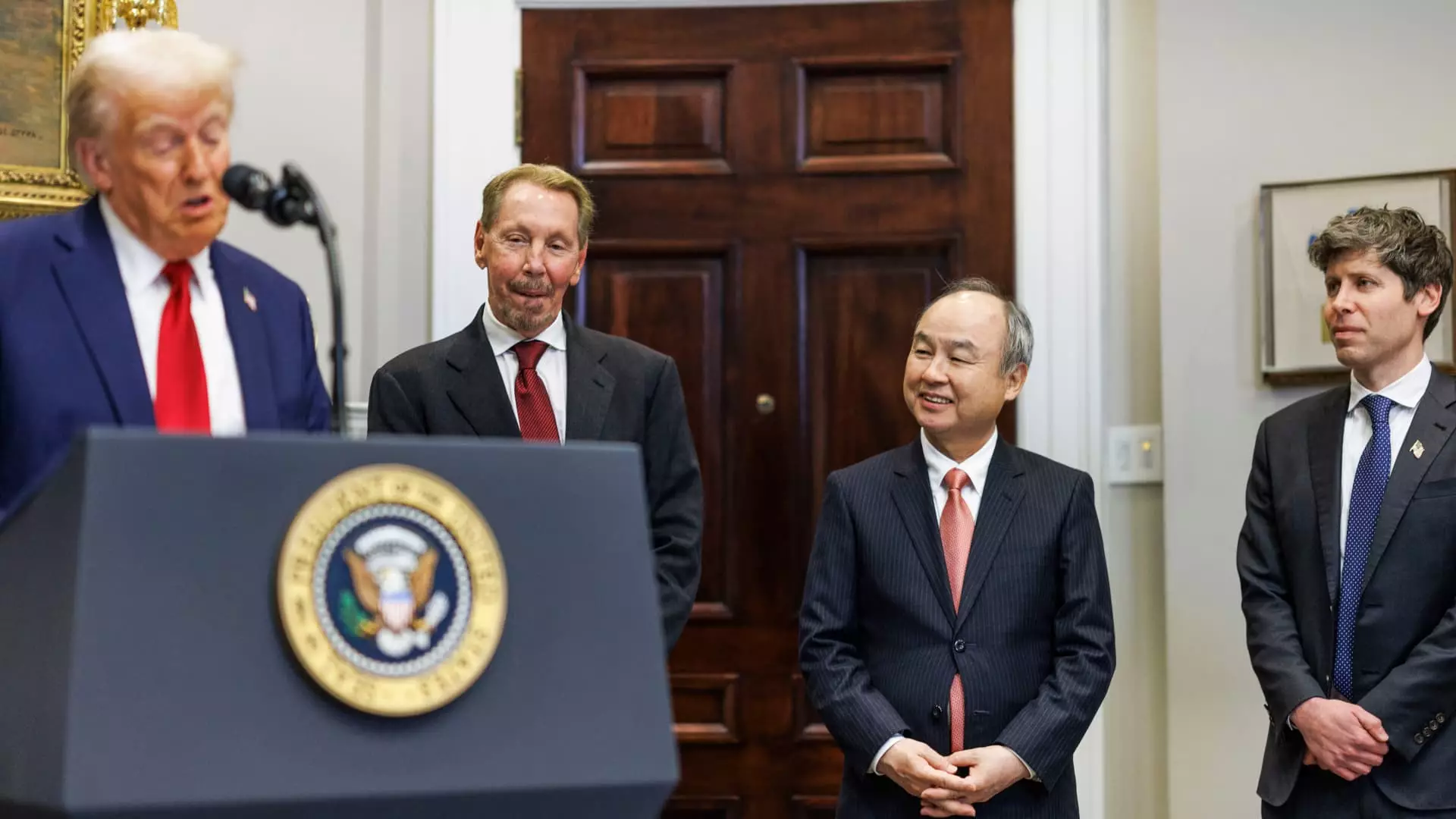The intricate dance between tech giants in the artificial intelligence realm took a notable turn recently, unveiling new dynamics between Microsoft and OpenAI. Understanding this shift is critical, especially as it reflects broader industry trends and strategic realignments.
The Evolution of a Partnership
Microsoft has been a cornerstone investor in OpenAI since 2019, committing $1 billion to bolster the AI startup’s ambitions. This partnership led to significant integrations of OpenAI’s services within Microsoft’s Azure cloud platform, positioning Microsoft as a key player in the burgeoning AI landscape. However, recent developments suggest that the dynamic of this partnership has changed. The announcement of shared cloud capacity sources indicates that Microsoft will no longer function as OpenAI’s exclusive computing provider. Instead, they will retain the “right of first refusal” when OpenAI considers additional computing needs. While this clause does maintain some level of influence for Microsoft, the shift represents a significant broadening of OpenAI’s operational latitude.
The implications of this change are multifaceted. Firstly, it signifies that OpenAI is poised to explore alternative partnerships and services. This strategic pivot could signal a more diverse cloud infrastructure for OpenAI, allowing it access to various resources as their computational demands rise. Microsoft’s desire to remain a close partner is evident, but the new arrangement necessitates a reevaluation of how each entity views its long-term collaboration.
This alteration in relations comes in the wake of the announcement of the Stargate Project, a collaborative venture aimed at monumental investments in AI infrastructure spearheaded by President Donald Trump. This new initiative includes major players such as Oracle and Softbank, showcasing a massive commitment to invest between $100 billion to $500 billion over the next four years. Such substantial financial backing reflects a growing recognition of the necessity for enhanced AI infrastructure within the United States, as companies scramble to keep pace with tech advancements.
Oracle’s role as a “key initial technology partner” is especially noteworthy, as the company seeks to carve out a more significant share of the competitive cloud market, where it currently lags behind giants like Amazon and Microsoft. The ambitious plans to construct expansive 500,000 square-foot data centers indicate a powerful shift toward establishing an intricate framework necessary to sustain advanced AI operations, further indicating that the competitive landscape is evolving rapidly.
The Changing Nature of Cloud Partnerships
As OpenAI explores additional partnerships, the entry of Oracle into the mix exhibits the fluid nature of cloud services today. The shift indicates how every major cloud provider is looking to secure AI-centric partnerships to reap the benefits from AI’s growing demand. Microsoft has already begun supplementing their Azure infrastructure through contracts with other cloud providers as OpenAI’s needs outgrew their initial arrangement.
The competitive dynamic is evolving, and institutions must now consider how alliances are structured as they seek to maximize their market positions. While Microsoft maintains its rights to OpenAI’s intellectual property and exclusive access to some of its functionalities, the seeds of competition are apparent. This reality was highlighted when Microsoft classified OpenAI as a competitor earlier this year, suggesting a recognition that OpenAI’s operational independence could pose challenges to Microsoft’s dominance in the AI arena.
In the tech world, change is constant, and adaptability is vital. Microsoft and OpenAI’s initial collaborative venture may have acted as a springboard to greater AI advancements, but as different trajectories emerge, each entity must strategize accordingly. CEO Satya Nadella has acknowledged the ambitious nature of OpenAI’s goals and the necessity for Microsoft to continually adjust its plans to accommodate this vision.
The future of AI collaboration will likely hinge on balancing partnership with competition, as new players like Oracle and Softbank seek to stake their claims in a field that is growing increasingly crowded and lucrative. For industry observers, the evolving relationship between Microsoft and OpenAI serves as a key case study of how AI aspirations can reshape existing alliances, reorienting the stakes in a rapidly changing technological landscape.
The recent shifts reveal that the road ahead for both Microsoft and OpenAI will be complex. As they navigate these changes, the industry will be keenly watching to see how their collaboration evolves, and what ripple effects will emerge across the AI landscape.

